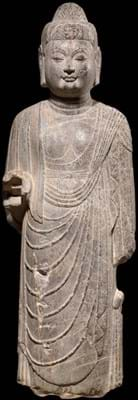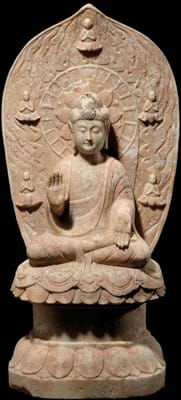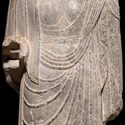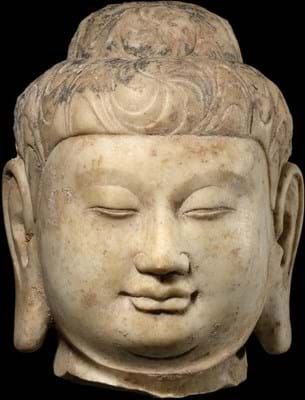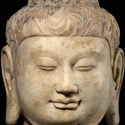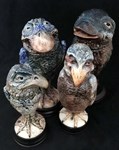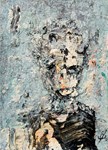A rich selection of Chinese Buddhist sculpture is on the market in New York City this month.
Among the leading collections are the 6th-10th century AD works found at Throckmorton Fine Art.
Titled Sui to Tang, a Golden Age of Chinese Buddhist Sculpture, 581-907AD, the exhibition runs at the 57th Street gallery until April 28.
The show coincides with Asia Week New York (AWNY) from March 15-24 (see ATG No 2332), though it is not a participant.
That event accounts for many of the other Chinese Buddhist sculptures on offer, including a small sale at Sotheby’s comprised entirely of just four such pieces, early masterpieces sourced from a private Asian collection, on March 20.
High estimates range from $600,000-1.5m.
Various other examples are also to appear at the Christie’s and Bonhams AWNY sales, while others can be found in an exhibition of Yuan and Ming dynasty figures staged by Dr Robert R Bigler on East 66th Street.
Three hundred years
What sets the pieces at Throckmorton apart, however, is their age – not just their antiquity, but the 300-year period they represent. This chronological stretch is a “particularly rich period of artistic production in Buddhist sculpture when the religion was adopted at the highest levels of Chinese society”, according to the gallery’s Spencer Throckmorton.
Works in the show are priced from $5000-125,000, with many sales already made since the exhibition opened on March 1.
Buddhism came to China from India and central Asia by way of the Silk Road by 200AD. As monks travelled between the lands they brought sculpture as well as scriptures – often small, portable pieces. Chinese artists at first followed Indian styles in creating their own Buddhas and Bodhisattvas. As time passed, however, they began adapting the forms to fit local tastes.
The transformative process, known as the Sinicisation of Buddhist art, helped position Buddhism as a religion with close ties to the culture and beliefs of China.
A Guanyin Bodhisattva from the Sui Period (581-618AD) is among the earliest pieces at the Throckmorton exhibition. During this dynastic period, figures changed from the earlier, spare masculine forms to more feminine and charming figures.
Later pieces from the Tang Dynasty (618-907AD) reflect a flourishing period of Chinese Buddhist art. The patronage of Emperor Gaozong and his wife Empress We Zetian in particular encouraged the growth of the religion and the construction of monasteries and pagodas, as well as the commissioning of images.
These pieces tended to be graceful but also vigorous and well-proportioned, incorporating some stylistic influences from Indian Gupta art.
“Images of the Buddha and Bodhisattvas became central to the religious worship,” Throckmorton says. “They were believed to have been created by merit and could convey merit simply by the worshipper contemplating them.”
This is the seventh exhibition on Chinese Buddhist sculpture the gallery has held since 2007. Scholar Chang Qing has written an essay on the period which details the history and the stylistic changes and will accompany the show.
Stoneware exhibition
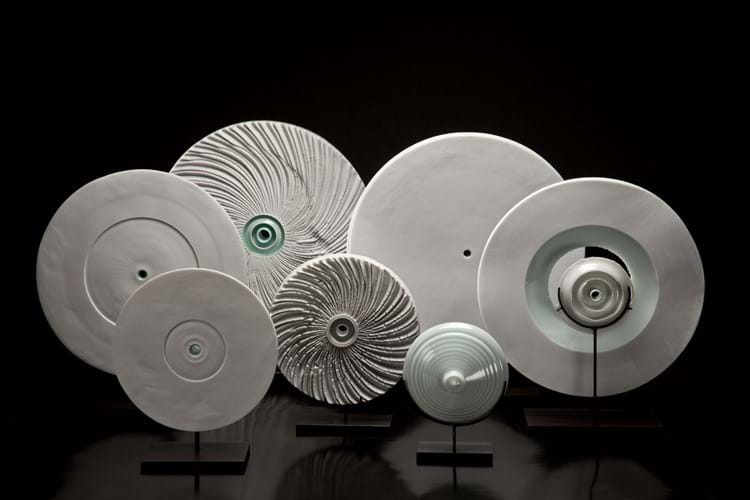
Alongside its Chinese Buddhist sculptures exhibition Throckmorton also stages a show of porcelain and stoneware sculptures by artist Marc Leuthold (b.1962).
The US artist is influenced by international cultures, particularly those of the Far East. Often, his pieces take the form of a funnel or wheel and he has also created a number of site-specific installations.
His work has been acquired by the Metropolitan Museum of Art, Brooklyn Museum and the Museum of Art and Design. In 2017 he was awarded the Blanc de Chine Artist’s Residency at the Wanqi Art Centre. Prices at the show range from $2000-10,000.
throckmorton-nyc.com


